UCLA
Latest

Uber and Lyft driver pay isn't keeping up with soaring fares, study says
Uber and Lyft fares have surged in recent years, but a study suggests drivers aren't getting proportionate pay raises.
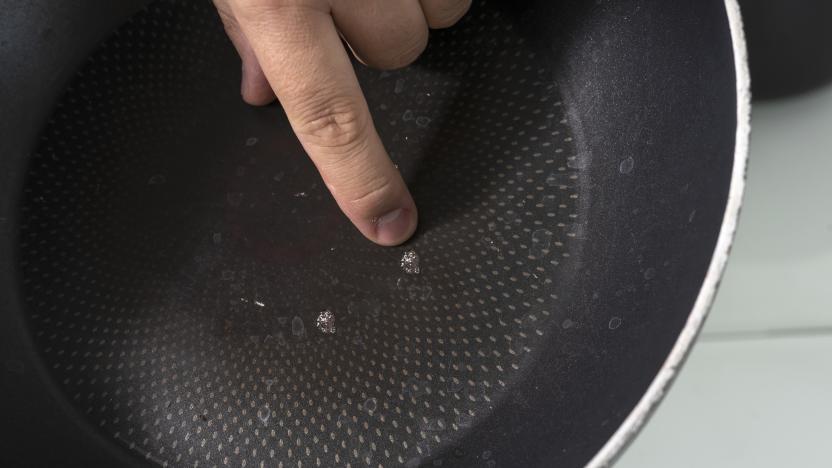
Scientists may have found an affordable way to destroy forever chemicals
A team of scientists may have found a safe and affordable way to destroy “forever chemicals.”
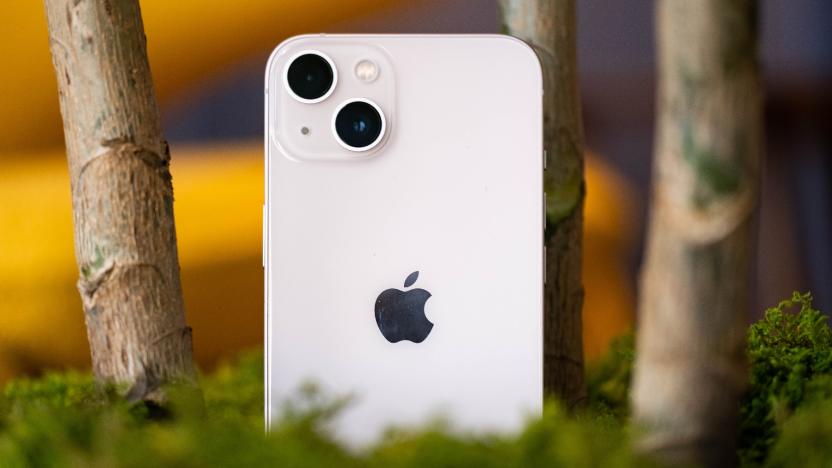
Apple is reportedly working on mental health monitoring using iPhone data
Sensors and algorithms could help detect depression, anxiety and cognitive decline.
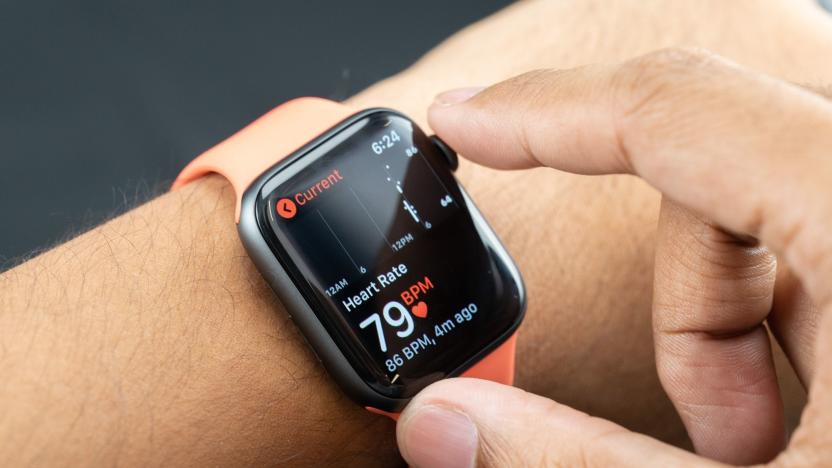
Apple sponsors a three-year UCLA study on depression and anxiety
Apple's latest research project will see the company sponsor a study on depression from UCLA.

Professor convicted of sending US missile chip technology to China
The American government is particularly wary of China these days, and it's determined to make an example out of those who would share US secrets with its major rival. A California federal court has convicted UCLA professor Yi-Chi Shih for reportedly stealing and sending missile guidance chip technology to China, not to mention separate charges for fraud, false tax returns and false statements to agency staff.
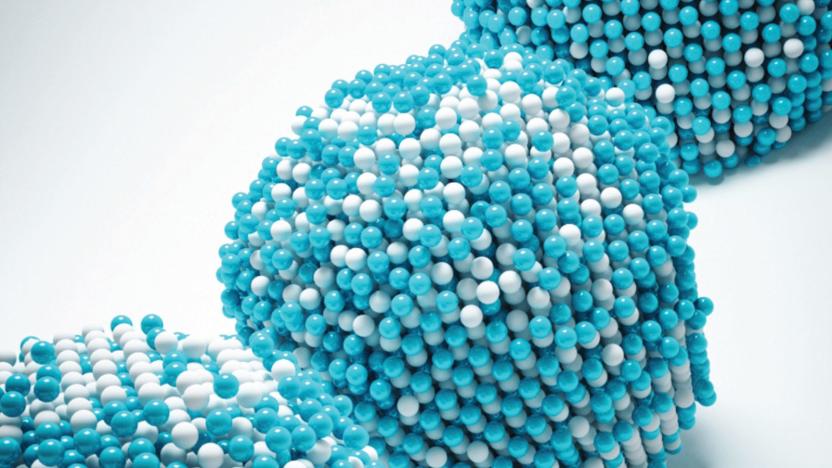
Scientists capture 4D atomic movement in breakthrough experiment
Long-held theories about how materials melt, freeze and evaporate may need to be tweaked thanks to some breakthrough research. A UCLA-led team of scientists have captured the 4D movement of atoms through time and 3D space as they changed states, reportedly for the first time. The results were surprising and contradicted classical theories about "nucleation," when atoms start to change from one form to another. The research may prove valuable for the creation and study of new materials, chemicals and biological processes.

Stretchable 'skin' gives robots the sense of touch
Robots show a lot of promise as first responders, but they can't effectively dismantle bombs or perform delicate first aid procedures if they can't feel what they're touching. To remedy that problem, a team of engineers from the University of Washington and UCLA have developed stretchable skin that can cover any part of a robot. The skin can give a machine the power to sense vibrations and shear force, or the unaligned forces that push one part of the body in one direction and another part in the opposite.
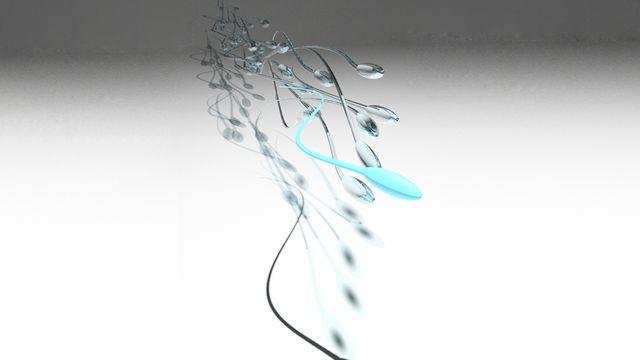
Sperm microscope may help nanobots navigate human bodies
Scientists have developed a microscope that allows them to track sperm movements in 3D, which could benefit the understanding of both fertility treatment and micro-robotics. The device is made up of inexpensive components including LEDs and an image sensor -- like the one found in a mobile phone -- and uses holography and image reconstruction algorithms to precisely track the motion of sperm heads and tails.

Dwarf star's atmosphere holds the ingredients for life
One of the biggest questions in the search for life in the universe is a simple one: how common are the ingredients needed to make life-giving planets? They might be more widespread than you think. Astronomers have discovered that a white dwarf star in the Boötes constellation, WD 1425+540, has an atmosphere chock full of the carbon, hydrogen, nitrogen and oxygen needed for life as we know it. The researchers believe that the star picked up these elements after ripping up a small rock-and-water planet when it veered too close. The finding suggests that rocky planets like Earth don't need to be born with life-giving material -- even a "dry" example orbiting close to its star might pick up those substances through one of these stellar impacts.
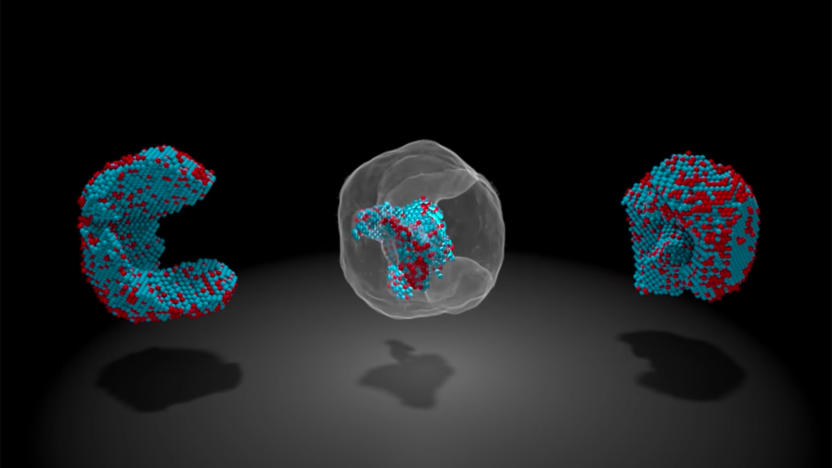
Scientists map every atom inside a nanoparticle
Even the smallest defects can create serious problems. It's a good thing, then, that researchers have found a way to map nanoparticles at an "unprecedented" level of detail -- they've located the 3D positions of all 23,000 atoms in an iron-platinum particle. The group used an extremely high-resolution transmission electron microscope (TEAM I) to capture 2D projections of the nanoparticle's structure, and used an algorithm to stitch those together into a 3D reconstruction. If there's a missing or misplaced atom, you could easily spot it.
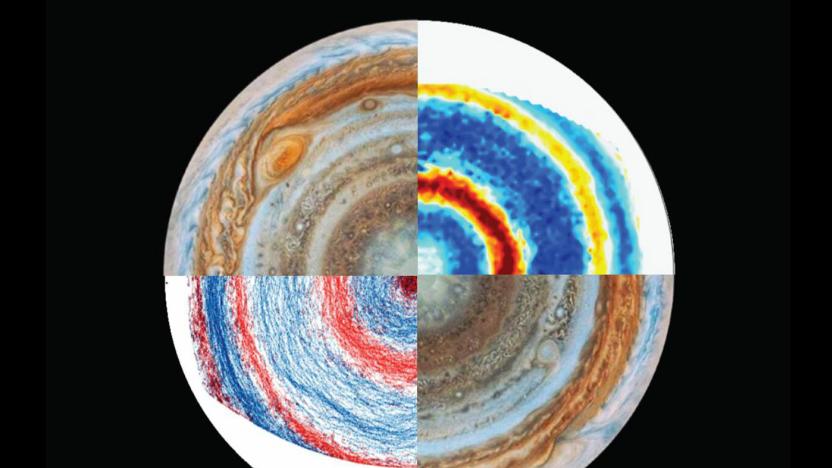
Scientists recreated Jupiter's chaotic atmosphere in the lab
Many scientists figure that Jupiter has a limited amount of ammonia that is mostly concentrated in the upper atmosphere. However, the Juno probe recently spotted plumes of the gas extending up to 65 miles deep, well below the outer clouds. A team from UCLA and France have created a physical lab simulation they believe helps explain why. By spinning water around in a tank and injecting turbulence, jets formed deep below the surface, much like the plumes Juno detected. The work could lead to computer simulations that help scientists better understand Jupiter data from upcoming Juno orbits.
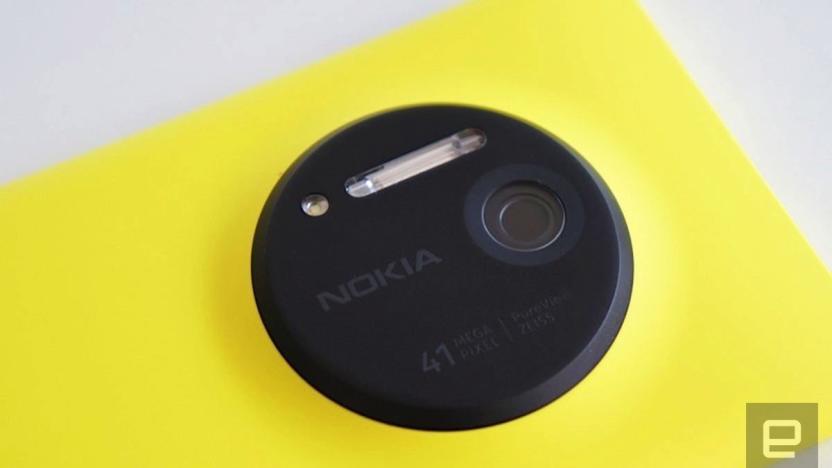
Low-cost DNA sequencer uses Nokia 1020's camera as a microscope
If the Nokia 1020 has a memorable feature, it's surely the phone's 41-megapixel camera -- the same one a team of researchers are now using for their phone-based DNA sequencer and molecular analyzer. The scientists from the University of California, Los Angeles, Sweden's Stockholm University and Uppsala University have developed a $500 3D-printed phone attachment that turns a device's camera into a microscope. Health workers in developing nations and remote locations can use the attachment to find genetic mutations that cause diseases without having to send samples to a lab. It's definitely a lot more affordable than comparable microscopes medical professionals use, which could cost tens of thousands of dollars.

Green-hot galaxies reveal clues to the ancient universe
Galaxies that emit a green glow make bitchin' screen-savers, but they're exceedingly rare in the actual universe. However, UCLA astronomers recently discovered that most, if not all early galaxies had a green hue due to their intense heat and special chemistry. "The discovery that young galaxies are so unexpectedly bright [with green light] ... will dramatically change and improve the way that we study galaxy formation throughout the history of the universe," said UCLA physics Professor Matthew Malkan in a statement.

Doctors use ultrasound to jump-start coma patient's brain
We're getting better at predicting when a patient might come out of a coma, but helping them recover is another matter. Even after a patient wakes up, the effects of being in a persistent unconscious state can result in severe brain injury. Recovery can take ages, but doctors at UCLA are testing a new treatment that could speed things up dramatically: using low-intensity focused ultrasound pulsation to "jump-start" a patient's brain.

Faintest known galaxy could shed light on the early universe
Scientists have only just started finding extremely faint galaxies. However, they've already topped themselves by discovering the faintest known galaxy to date... and it might just provide insight into the universe's early days. Found through gravitational lensing, the galaxy is both supremely ancient (13 billion years old) and extremely tiny (just 0.0001 percent the size of the Milky Way). In other words, it's a textbook example of the dwarf galaxies that researchers believe were key to re-ionizing the universe and taking it out of the lightless "dark ages." With enough study, it could help explain what triggered that ionization and fill in one of the gaps in our understanding of existence.

Napster co-founder's new institute aims to beat cancer
Sean Parker is known for many things: co-founding Napster, joining Facebook in its early days, starting charities and creating his share of technology startups. If all goes well, though, he'll also add "helped cure cancer" to that list. He just founded the Parker Institute for Cancer Immunotherapy, a $250 million effort to fight cancer by relying on the body's immune system. The organization will unite six universities (covering 40 labs and over 300 scientists), encouraging them to share research rather than compete. As Parker puts it, humanity is on the "bleeding edge" of what you can do with synthetic biology... it might just need a nudge to turn those findings into real-world treatments.

ICYMI: Pollution concrete, EV wireless charging and more
#fivemin-widget-blogsmith-image-431877{display:none;} .cke_show_borders #fivemin-widget-blogsmith-image-431877, #postcontentcontainer #fivemin-widget-blogsmith-image-431877{width:570px;display:block;} try{document.getElementById("fivemin-widget-blogsmith-image-431877").style.display="none";}catch(e){} Today on In Case You Missed It: Scientists at UCLA have made concrete by first extracting greenhouse gases from power plant smokestacks. An EV prototype to wirelessly charge cars is making the rounds, and the group's big plan is to design a 50 kilowatt charger that can juice up cars as they drive. You could put that future charger inside your garage where a new opener comes with extra modules that can detect obstacles and about 10 other things. Finally, we were tickled by the idea of a robot that can best you at Settlers of Catan, so please check that out. As always, please share any great tech or science videos you find by using the #ICYMI hashtag on Twitter for @mskerryd.
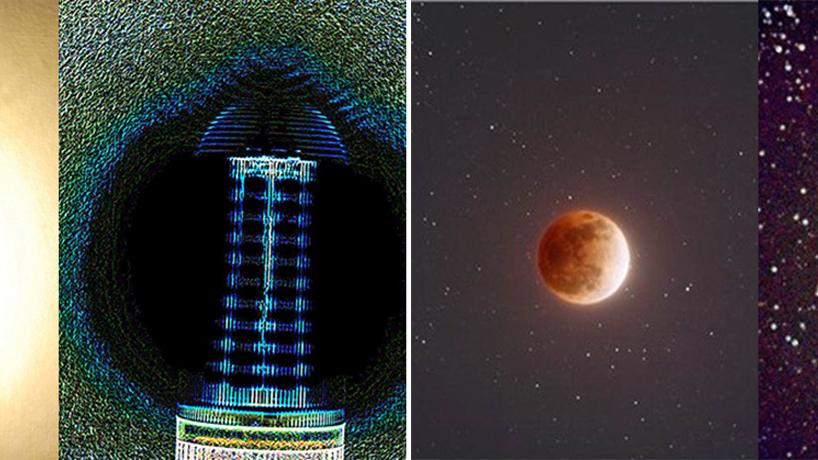
UCLA open sources image detector that can see what we can't
UCLA has released the source code to powerful image detection software that can see an object's every detail at high speed -- key for applications like fingerprint and iris scanning, or self-driving cars. It starts by identifying an object's edges and then looking for and extracting its other, fainter features. For instance, if there are items with textured surfaces in the image, the algorithm can recognize and enhance them, as you can see in the example below the fold. It can even see through bright lights to detect their sources' structures, such as lamps, LED lights and even the moon.

Virtual wound will teach medics how to treat soldiers
Field medics have ways to practice their craft before they're helping soldiers on the battlefield, but it's hard for them to understand how wounds work until they're involved in a life-or-death rescue. UCLA scientists may have the tool these medics need, however: they've developed the first detailed injury simulation to show medics what to expect. The virtual gash could make you a bit queasy (sorry!), but it's uncannily accurate. A mix of fluid dynamics and in-depth mechanics (such as bones, skin and vessels) makes sure that blood flows much as it would from a real person.

UCLA chemist: Life on Earth began way earlier than we thought
A team of geochemists from University of California, Los Angeles published a report today that contests the widely-held belief that life on this planet began 3.8 billion years ago. The study, published in the journal PNAS, instead argues that life began 300 million years earlier. Life may have been here for 4.1 billion years -- that's older than the relentless asteroid bombardments that scarred the moon and nearly as long as the 4.54 billion year old planet itself.








